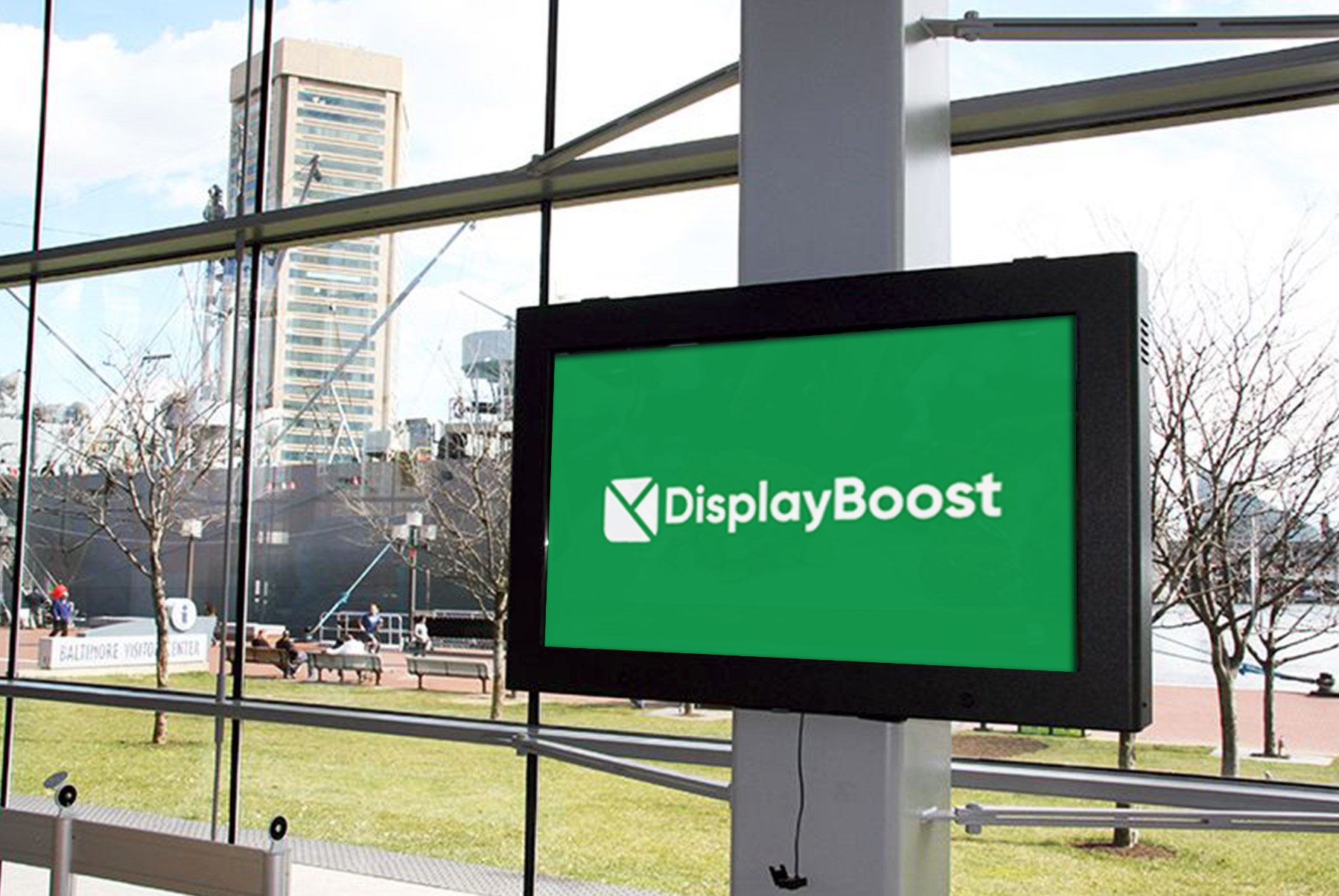Blog
May 11, 2020
How Do You Make a Display Sunlight-Readable in an Outdoor Environment?

Have you tried reading from your tablet or a roadside screen on a sunny day? You know the frustration you feel when the sunlight makes content disappear from the screen. Even moving to a shady space or a cloudy day doesn’t help, because the images are washed out on the screen. This is where sunlight readable displays can help.
Sunlight readable LCD (sometimes known as daylight viewable) designs work in direct sunlight or harsh ambient light conditions. Different technologies are used to produce sunlight readability no matter what the bright light source. In this article, we’ll talk about outdoor LCD technologies that make a display readable in a sunny environment. These include enhancing the backlight, applying optical films, and optical bonding. With the latest technologies, your outdoor screens will be easy to view and interact with on a sunny day.
3 ways to make the LCD sunlight-readable
Depending on the environment, you will need anywhere between one and three different solutions to make your display readable.
1st solution: Backlight enhancement
Bright sunlight or other forms of high ambient light can render devices’ displays useless. They are brighter than the LED backlight and the image on the LCD screen appears washed out. LED backlight enhancement is one method to overcome the bright sunlight.
Standard TFT LCD screens, on average, have a brightness of about 250 to 500 nits. With backlight enhancement, a 7”-27” LCD screen can be boosted to a minimum of 1000 nits and a 32”-85” LCD is modified to a minimum of 2500 nits. As a result the device becomes a sunlight-readable display.
2nd solution: Optical films
Today’s optical films take displays to their full optical potential. They maximize the viewing performance, with a high transmission rate and low reflection as well.
These films control the distribution of light, and improve contrast, color, brightness, and image quality, all the properties required to create a sunlight readable LCD display. Depending on your applications and environment, you might wish to consider UV protective film to prevent yellowing and bleaching. IR heat rejecting filters are also very popular on industrial sunlight readable monitors because they help cool the surface down and prevent thermal accumulation that destroys the display.
3rd solution: Optical bonding technology
Optical bonding is the process of filling air gaps between TFT displays and the overlaid touch sensor. It is used on the top surface of the display and involves the application of optical-grade adhesives. Optical bonding technology decreases light refraction. Hence, it improves the TFT screen’s visibility and readability.
Optical bonding offers the following advantages:
- It eliminates mismatched reflective layers to improve contrast.
- It increases sunlight readability.
- It enhances durability by providing resistance to vibration and shock.
- It strengthens the integrity of the LCD monitor.
DisplayBoost’s complete solution
Contact us today and let us know your requirements and we will design a complete solution using the new technologies described above that will make your displays readable and long-lasting.













